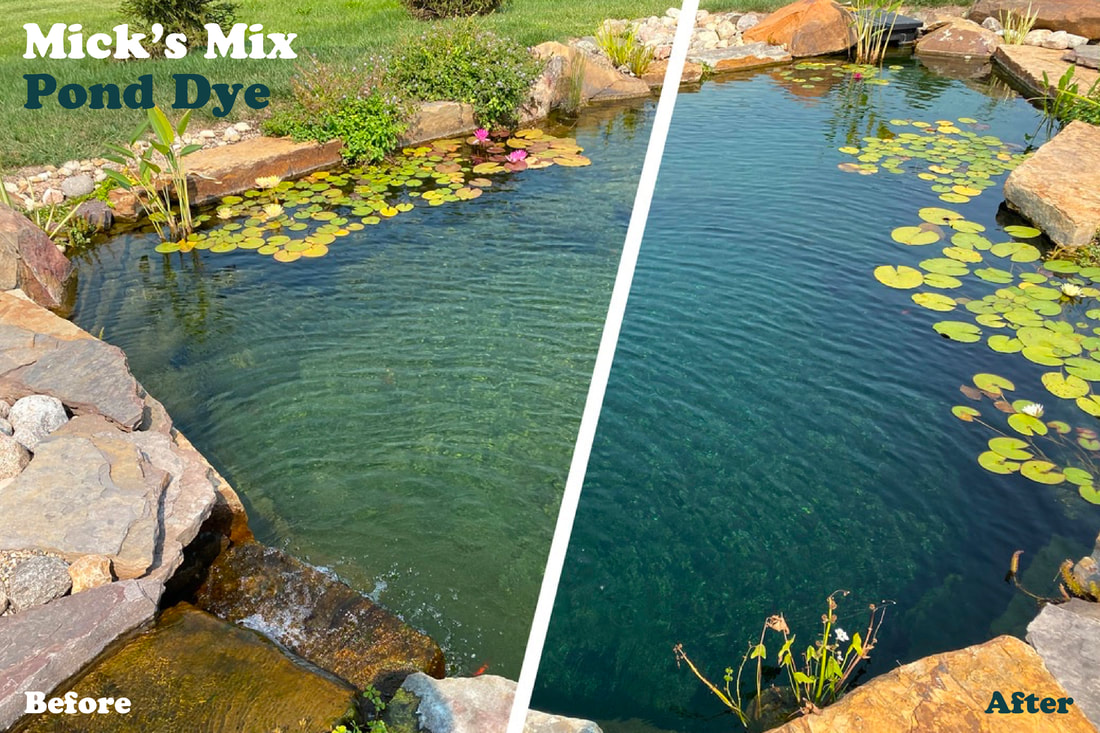Swim ponds are more than just places for recreation; they offer a natural and beautiful environment that can greatly benefit from incorporating aquatic medicinal plants. These plants not only help to enhance water quality but also provide various health benefits. By selecting and placing these plants thoughtfully, you can create a space that is both visually appealing and ecologically beneficial.
This guide aims to provide you with valuable insights into which aquatic medicinal plants are best for swim ponds, how they can purify water, and their overall health contributions. We’ll explore maintenance best practices to ensure both the plants and the ecosystem thrive in your swim pond.
Let’s delve into how you can harness the power of aquatic medicinal plants for your swim pond.
Choosing the Right Aquatic Medicinal Plants for Water Purification
Understanding which plants can effectively contribute to water purification is crucial for your swim pond’s health. Here are some top aquatic medicinal plants to consider:
Vietnamese Water Mint (Polygonum odoratum)
This plant excels at filtering murky waters, absorbing excess nutrients and impurities. The leaves are edible, offering a pleasant flavor and potential antimicrobial properties.
Gotu Kola (Centella asiatica)
Known for its natural filtration capabilities, Gotu Kola is effective in removing impurities from water while also boasting health benefits, including support for cognitive function and skin health.
Water Lilies (Nymphaea species)
Beautiful and functional, water lilies not only enhance the pond’s appearance but are also effective at absorbing heavy metals and curbing algae growth. Both their flowers and rhizomes have medicinal properties.
Cattail (Typha species)
Cattails are adept at removing harmful metals like zinc and cadmium from water. They also have edible parts that carry anti-inflammatory and diuretic properties.
Water Mint (Mentha aquatica)
This plant is known for its ability to control bacteria such as E. coli and Salmonella. Its leaves can be used for teas and culinary purposes, lending both flavor and health benefits.
Sweet Flag (Acorus calamus)
Traditionally used to address digestive issues, Sweet Flag serves as a natural insecticide, helping to manage harmful pests around your pond.
Pickerelweed (Pontederia cordata)
This versatile plant helps to remove excess nutrients from the water while providing habitat for wildlife without attracting harmful pests.
Iris (Iris species)
Iris contributes to water purification and enhances biodiversity in your swim pond. They can thrive in wetland conditions, adding beauty and ecological balance.
The presence of these plants not only purifies the water but also enriches the overall aesthetic of your pond landscape.
A vibrant photo of a hot pink water lily, known for its water purification qualities. (Source: New York Times)

A close-up image of Sweet Flag (Acorus calamus), showcasing its distinctive features. (Source: Shutterstock)
Designing Your Pond with Medicinal Plants for Visual Appeal and Functionality
Creating an attractive layout with medicinal plants in your swim pond is essential for both beauty and function. Here are some principles to consider:
Visually Appealing Plant Arrangements
Aim for a balanced mix of plant heights and sizes. Taller species like Cattails can be placed at the back, while shorter varieties like Water Mint can occupy the front, creating depth and layering in your design.
Understanding Plant Zones
Define specific areas in the pond for different types of plants:
- Emergent plants like Cattails should be placed in shallower waters.
- Floating plants such as Water Lilies can be positioned on the surface.
- Submerged varieties contribute to water quality and provide habitats for aquatic life.
Design Integration
Consider incorporating natural features such as rocks or driftwood. These not only provide visual interest but can also promote beneficial microorganisms that help filter the water.
By following these design principles, you can create a pond that looks good and functions effectively for water purification.

A diagram illustrating the layout of a natural swimming pond, showing various planting zones. (Source: EcoHome)
Health Benefits of Aquatic Medicinal Plants Beyond Aesthetics
In addition to their aesthetic contributions, the medicinal plants in your swim pond offer various health benefits. Here’s how:
Diverse Health Benefits
For instance, Cattails not only provide edible portions but also have anti-inflammatory properties. Water Mint is effective in aiding digestion and purifying the water from harmful bacteria, making it doubly beneficial for anyone who swims in your pond.
Well-Being through Interaction
Being around these plants can enhance your connection to nature, which has been shown to improve mental health. Spending time in a natural environment can decrease stress levels, and the presence of aquatic medicinal plants can amplify those benefits.
Safe Usage
Although many plants provide health benefits, it’s always wise to consult a healthcare professional before using them for medicinal purposes. Make sure you know about potential side effects to ensure safe interactions.
Ultimately, the health benefits derived from incorporating these medicinal plants not only enhance physical well-being but also contribute to overall mental health, creating a more enjoyable swimming experience.

A collage of aquatic plants that are medicinal, emphasizing their health benefits. (Source: MDPI)
Best Practices for Maintenance and Longevity of Your Swim Pond
To keep your swim pond healthy and thriving, follow these maintenance guidelines:
Seasonal Care
Adapt your maintenance practices with the seasons. Regularly monitor and prune plants to prevent overcrowding and to remove any dying material that may compromise water quality. Be mindful of seasonal temperatures and protect plants that may not survive colder conditions.
Water Quality Management
Maintaining a pH level between 6.5 and 7.0 supports plant growth and helps prevent algae blooms. Regular testing of water quality is crucial for keeping an optimal balance, particularly concerning nitrogen and phosphorus levels.
Integrated Pest Management
Utilize plants like Sweet Flag as natural deterrents against pests. This biological approach can help limit the need for chemical treatments, promoting a healthier ecosystem in your pond.
By adhering to these maintenance strategies, you can enhance both the beauty and functionality of your swim pond, leading to a healthier swimming environment.

An infographic providing a seasonal maintenance calendar for pools, including tasks to keep swim ponds healthy. (Source: HubSpot)
Regulatory Considerations for Incorporating Medicinal Plants in Public Swim Ponds
If you’re considering using aquatic medicinal plants in a public swim pond, familiarize yourself with the relevant regulations. Various jurisdictions have specific guidelines that you need to adhere to:
Health and Safety Regulations
Public swim ponds must comply with local health department guidelines, including maintaining appropriate pH levels in the water. For instance, regulations may specify a pH range that needs to be adhered to for safety.
Permitting Processes
Make sure to engage with local authorities early in your planning process. You may need to acquire permits for your pond to satisfy health department requirements while using natural filtration methods.
Plant Selection Restrictions
Watch out for regulations that may restrict specific types of aquatic plants, particularly non-native or invasive species. Always verify local guidelines before introducing new plants to your pond.
Navigating these regulatory considerations is essential for creating a safe swimming experience while ensuring you meet local laws.

A flowchart depicting regulatory processes and considerations for swimming pools. (Source: MDPI)
Transforming Your Swim Pond into a Reactive Ecosystem with Medicinal Plants
Incorporating aquatic medicinal plants can significantly enhance the ecosystem of your swim pond. Here’s how you can achieve this transformation:
Maintaining Ecological Balance
Aquatic plants act as natural filters, fostering beneficial microorganisms that contribute to improved water quality. These plants create a balanced ecosystem that supports both aquatic life and swimming activities.
Enhancing Biodiversity
Adding different species of plants encourages various forms of wildlife, which not only stabilizes the pond’s environment but also boosts its beauty and ecological complexity.
Community Contribution
As a swim pond owner, your efforts contribute to local environmental health. By creating a habitat that supports diversity, you are playing an important role in maintaining the ecological fabric of your area.
The journey of creating your swim pond can be fulfilling, especially when it involves integrating nature’s own medicinal plants to enhance both its function and beauty.

Image showing before and after photos of a swim pond that incorporated aquatic medicinal plants. (Source: Total Habitat)
Conclusion
Incorporating aquatic medicinal plants into your swim pond offers numerous benefits, from improving water quality to enhancing health. With thoughtful selection and placement, you can create a swim pond that is visually stunning and ecologically sound.
By understanding the diverse species available and their roles in purification, as well as following best practices for design and maintenance, you will ensure a thriving ecosystem. Be mindful of any regulatory considerations that may arise, emphasizing the importance of compliance for a safe swimming experience.
The journey to crafting your ideal swim pond can be both rewarding and enriching when you engage with the myriad advantages that aquatic medicinal plants provide. Embrace this opportunity to create a space where you can enjoy nature’s beauty while nurturing your well-being.

